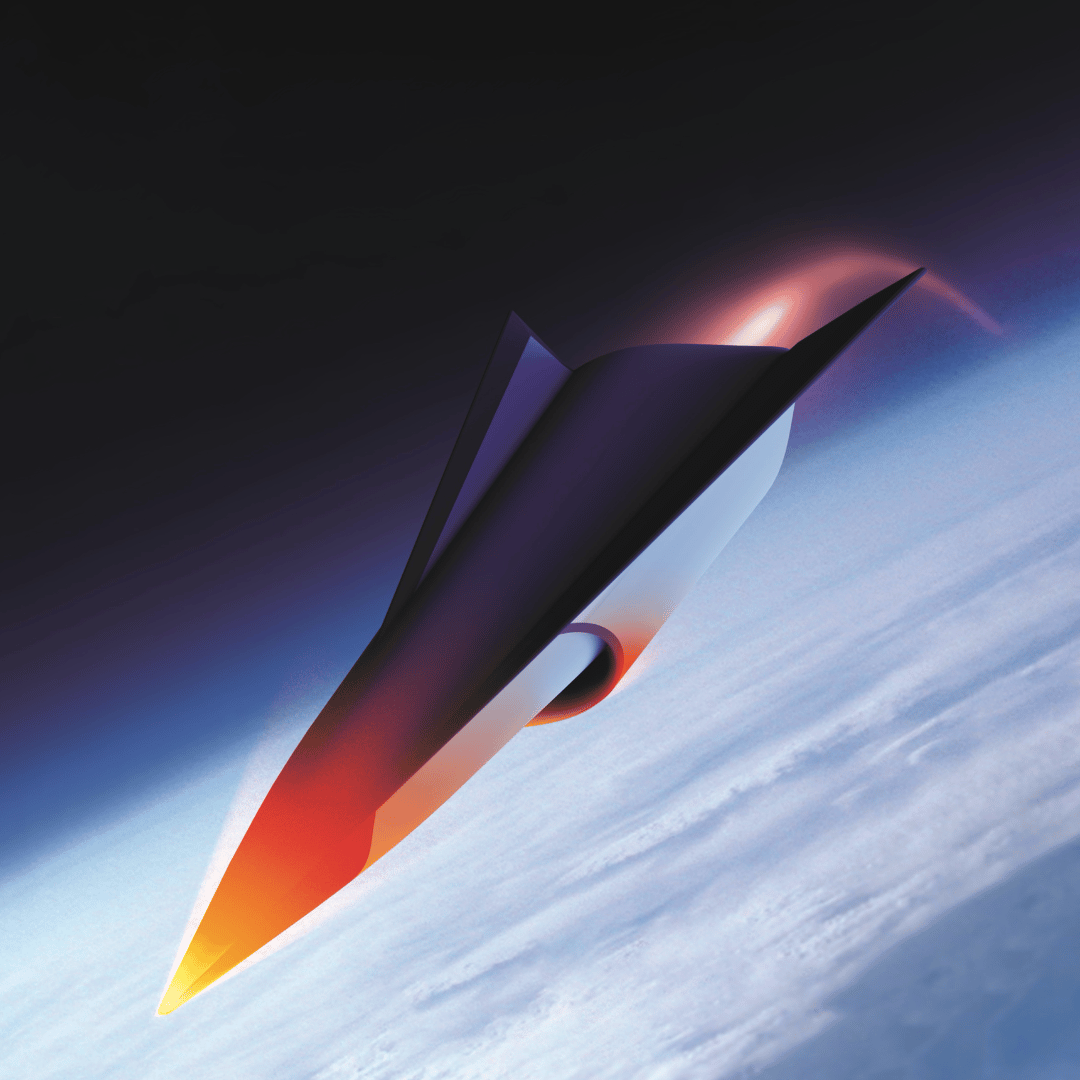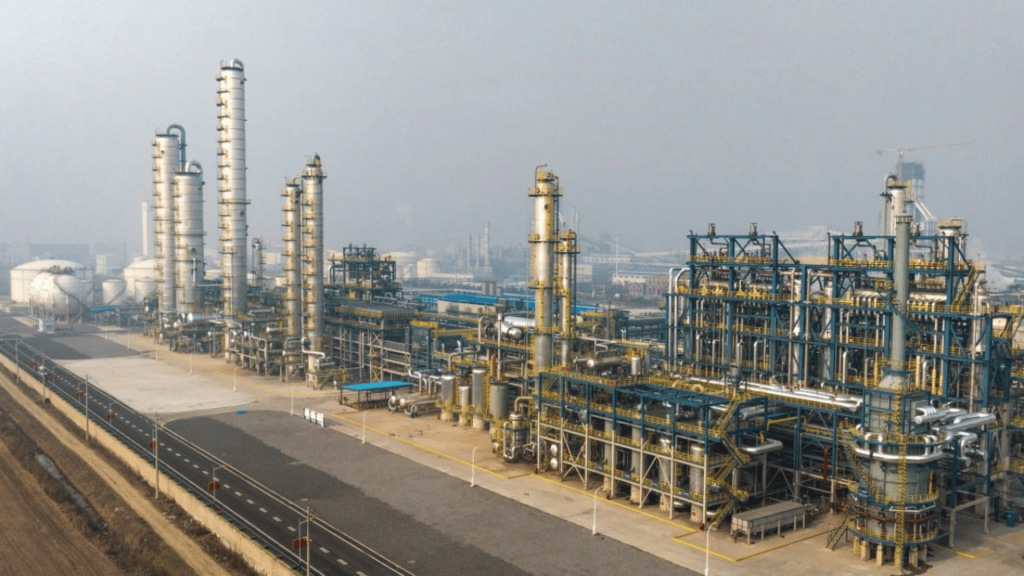The recent demonstration of a hypersonic dual-mode ramjet (DMRJ) by GE with rotating detonation combustion (RDC) makes a significant advancement in the field of aeronautics and defense. This breakthrough was showcased at General Electric’s Research Center in Niskayuna, New York. It highlights a major stride in the realm of hypersonic technology. A novel approach to propulsion systems is presented by the DMRJ technology, distinguished by its RDC.
Fuel and air are interjected between 2 coaxial cylinders in this setup. Upon ignition, a supersonic wave of combustion travels around the gap. It is continuously fed by the incoming mixture. Substantial heat and pressure are generated by this process. Eventually, thrust is produced as it exits through the nozzle. It has a simple design. The design is devoid of moving parts. Thus, it is particularly suitable for hypersonic speeds.
The capabilities of the engine are enhanced by GE Aerospace’s significant investments in high-temperature materials, electronics, additive manufacturing techniques, and thermal management. They are all crucial for sustaining the extreme conditions of hypersonic flight. A more efficient combustion process is offered by the RDC method as compared to traditional systems. It results in higher thrust at a reduced engine size and weight.
The ability of DMRJ to operate effectively at lower Mach numbers is one of its remarkable features. It is a considerable improvement over conventional ramjets, which require higher speeds to function. This versatility ensures that the vehicle can maintain hypersonic speeds over extended ranges while offering greater maneuverability and efficiency. Combining decades of experience in high mach research and engine development has strengthened GE Aerospace’s capabilities in the acquisition of innovation.
Similar Posts
The successful test of the DMRJ with RDC is not just a testament to GE Aerospace’s prowess in propulsion technology but also aligns with their broader vision of leading the hypersonic sector with innovative solutions. Taking only 12 months to develop this technology is swift progress, as it encompassed everything from inception to the demonstration. It is indicative of GE Aerospace’s commitment and expertise in the field.
2024 will mark another milestone in the journey towards achieving practical and efficient hypersonic travel. It will be a full-scale demonstration of the dual-mode ramjet with rotating detonation combustion. Promising prospects are offered by this development for the aerospace industry, particularly in military applications where the demand for high-speed, long-range capabilities is continually escalating. The technology’s potential extends beyond military uses, possibly influencing commercial aviation and space exploration in the future.
The focus of GE Aerospace on hypersonic technology, demonstrated through the DMRJ with RDC, makes the company a standalone enterprise. It also positions GE Aerospace as a front-runner in the evolving landscape of aerospace and defense. From electrical to space technology, the progress of General Electric is simply amazing!
















